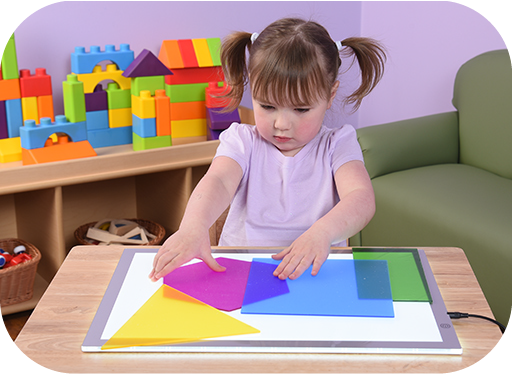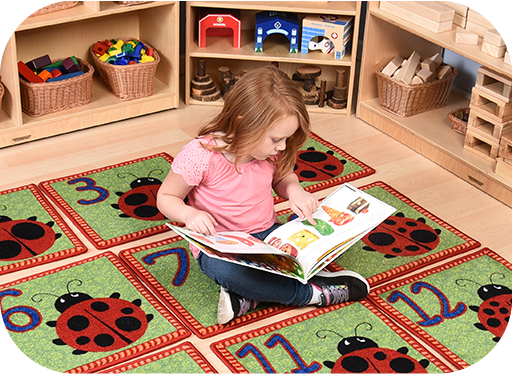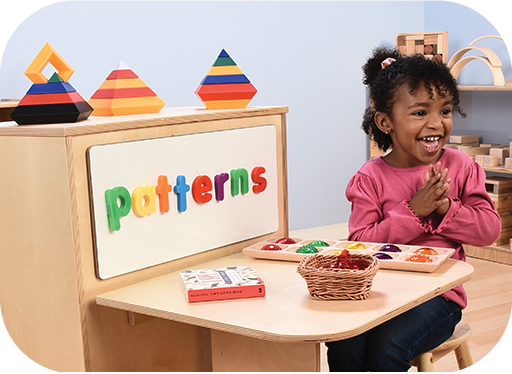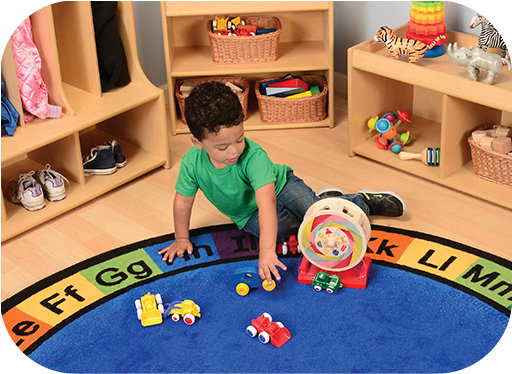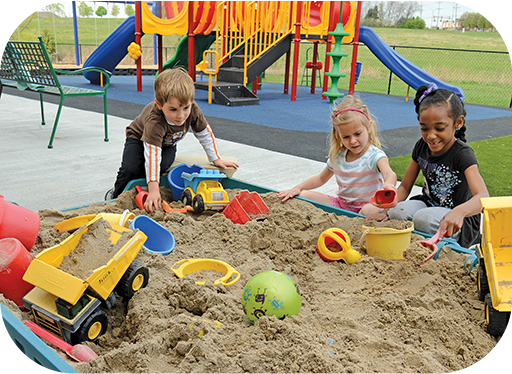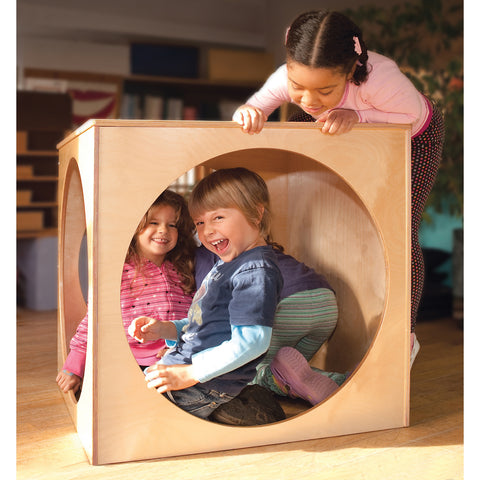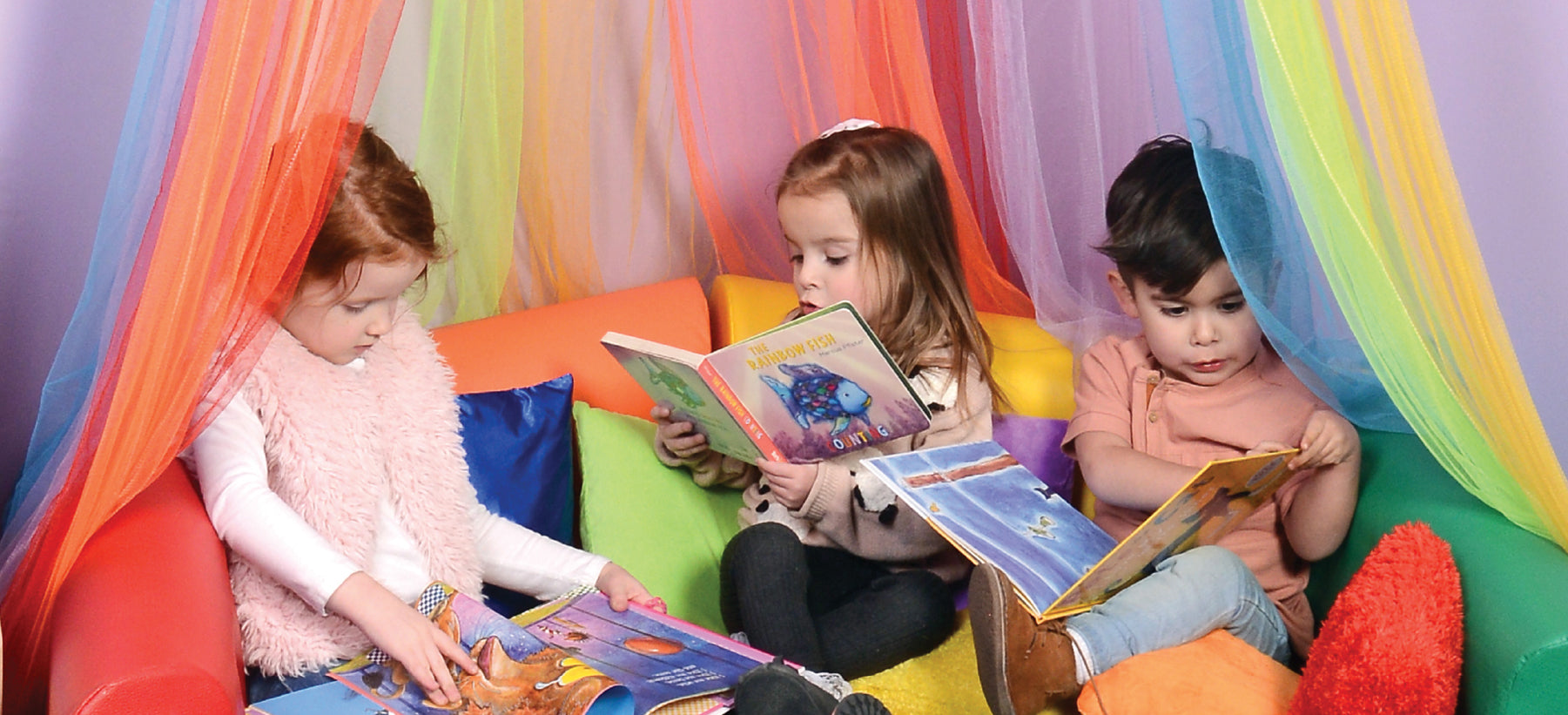
How To Construct A More Empowered Classroom: An Easy Guide
Constructing the Learning Environment
 The teacher’s ability to create the learning environment sets the tone for the activity and experiences in the classroom. From the furniture choices and placement to the soft and cozy touches, the environment is the foundation for young children to build their skills. Helping to construct spaces to connect, spaces to function, and spaces for learning, the classroom becomes an additional teacher in fostering young children’s development.
The teacher’s ability to create the learning environment sets the tone for the activity and experiences in the classroom. From the furniture choices and placement to the soft and cozy touches, the environment is the foundation for young children to build their skills. Helping to construct spaces to connect, spaces to function, and spaces for learning, the classroom becomes an additional teacher in fostering young children’s development.Spaces need to function in multiple ways in the early childhood classroom. Constructing spaces for function inspires children to choose materials from low, open shelves for easy access. They are curious about the materials and comfortable enough in the classroom and their ability to take chances, to try new ideas. This fosters creativity, and often problem-solving skills, when playing with a few children. The classroom also functions well when furniture is child sized. Tables and chairs that fit the child are basic needs being met. Children begin to trust others and feel a part of the classroom when they see their name on a cubby or coat hook and know that the same play objects will be there day after day on labeled shelves. Children learn to be risk-takers in trying out new ideas and brainstorm with others to reach new levels when they feel secure in the classroom environment.
Constructing spaces for learning allows children to build their skills in collaborations with others. Art areas encourage children to paint, glue, collage, and experiment with line and texture and how to express themselves as artists. A sensory table inspires children to scoop, pour, and compare relationships. But mostly, children laugh and giggle as the mixture of paint turns to a muddy brown or they pour water from cup to container, back and forth. A reading nook lets children converse and relate to character’s feelings in the story and retell the story in their own words. How furniture functions and the number of children it allows, all plays a role in children’s growth and development.
Children feel empowered in classrooms where teachers have constructed spaces to connect, to function, and to learn. They view the environment as another teacher who lets them choose materials they have easy access to, take chances trying new materials in a different way, and collaborate with others in the spaces created specifically for them. It is the ability of the teacher to use her knowledge and experience to create these spaces for children to explore, connect, and develop.
With help from Constructive Playthings, you can construct your classroom with quality and unique furniture and materials.
Constructive Playthings - We’re your early learning resource.
Explore Furniture
Explore our Classroom Guide


